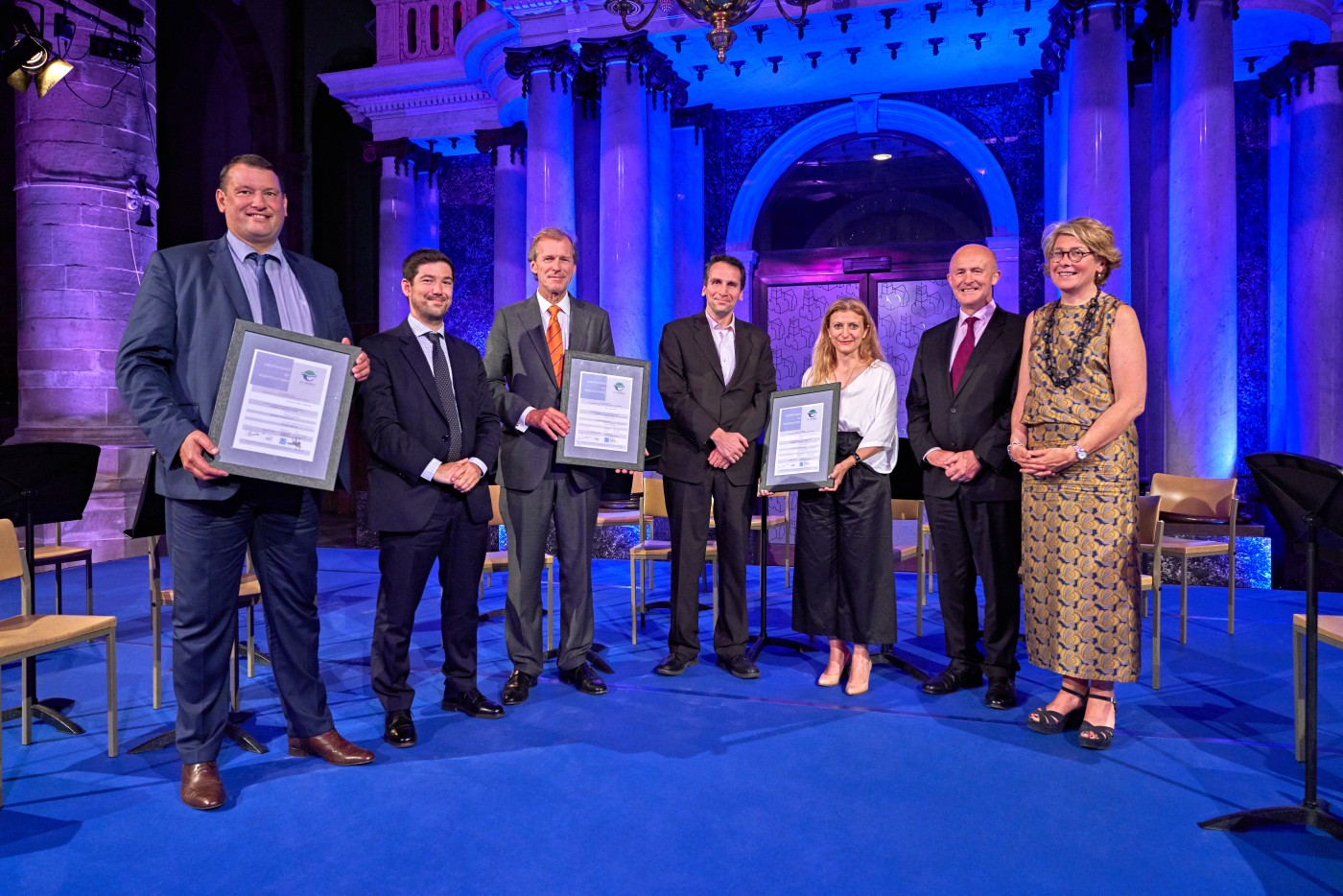The recent reform of Italy’s national port system (Autorita’ di Sistema Portuale – AdSP) does just affect the operations of the ports themselves, but also of port work and training for workers.
“These changes envisage new tools to allow the retraining and redeployment of port workers, where necessary, and ensure adequate training paths, a chapter on which the AdSPs are now authorised to invest up to 15% of the derivative proceeds from port taxes,”, said Giorgio Saletti, CEO of Rina Academy, which provides a wide range of services across the energy, marine, certification, transport & infrastructure and industry sectors.
Rina, together with Isfort (Istituto Superiore di Formazione e Ricerca per i Trasporti – Higher Institute of Training and Research for Transport) and Intempo (part of the Randstad group), decided to give revive the Silp Foundation (Scuola Italiana Logistico Portuale – Italian School of Port Logistics).
And just to deepen the issues related to the evolution of work on the quay, the newborn Silp organized in Genoa a conference entitled “Work as a strategic asset for the competitive development of the Italian port logistics cluster”, where lawyers, academics, representatives of port-related institutions and training experts discussed the new challenges in the logistics port services market, analysed both from the legal point of view and from the professional and training needs.
Source: PortsEurope







 Antti Kaunonen said we need to be able to copy and paste standardised solutions from one execution to another, instead of reinventing the wheel over and over again for each terminal and the terminal industry needs to do more to help build an industry-wide standards framework, alongside technology and service providers.
Antti Kaunonen said we need to be able to copy and paste standardised solutions from one execution to another, instead of reinventing the wheel over and over again for each terminal and the terminal industry needs to do more to help build an industry-wide standards framework, alongside technology and service providers. Designed for rubber-tyred gantry cranes (RTGs), Cress Systems’ ProwESS recycles kinetic energy from container handling equipment that is otherwise wasted. The flywheel-based system runs in parallel with normal RTG operations, with no mechanical connection required, providing stored energy when needed.
Designed for rubber-tyred gantry cranes (RTGs), Cress Systems’ ProwESS recycles kinetic energy from container handling equipment that is otherwise wasted. The flywheel-based system runs in parallel with normal RTG operations, with no mechanical connection required, providing stored energy when needed.
